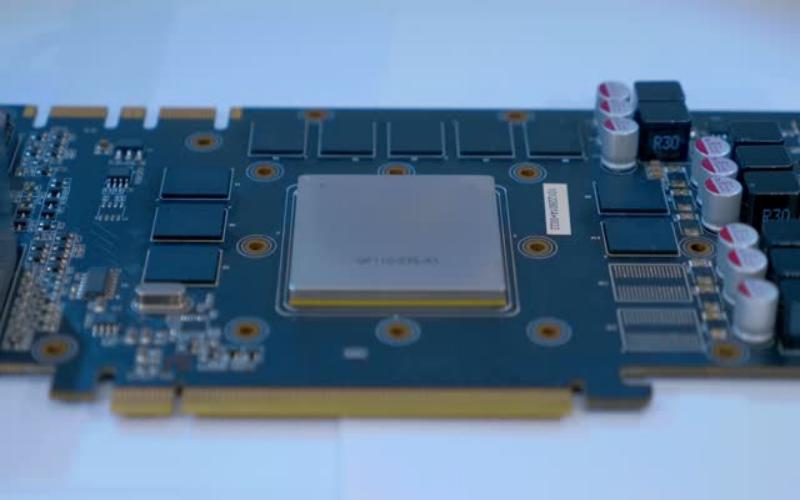The Importance and Function of Heat Sinks in Electronic Devices
In the world of electronic devices, heat sinks play a crucial role in maintaining optimal performance and preventing overheating. These passive cooling components are designed to dissipate heat generated by electronic components and ensure their longevity. In this article, we will explore the various aspects of heat sinks and understand how they are used in different applications.
What is a Heat Sink?
A heat sink is a passive cooling device that is attached to electronic components to dissipate heat and prevent them from reaching critical temperatures. They are commonly made of materials with high thermal conductivity, such as aluminum or copper, and are designed to maximize surface area for efficient heat dissipation.
Heat Transfer Mechanisms of a Heat Sink
Heat sinks work on the principle of transferring heat from the source (electronic component) to the surrounding environment. There are three primary mechanisms involved in this process:
Conduction
In conduction, heat is transferred through direct contact between the heat sink and the electronic component. The heat flows from the component to the heat sink, which then spreads it across its surface for dissipation.
Convection
Convection involves the transfer of heat through a fluid medium, such as air or liquid. As the heat sink absorbs heat from the electronic component, the surrounding air or liquid absorbs the heat from the heat sink's surface and carries it away.
Radiation
Radiation refers to the emission of heat in the form of electromagnetic waves. Heat sinks can radiate a small amount of heat, but this mechanism is not as significant as conduction and convection in most cases.
Applications of Heat Sinks
Heat sinks find extensive use in various electronic devices and industries. Let's explore some of the common applications:
Computers and Laptops
In the realm of computing, heat sinks are vital for cooling central processing units (CPUs) and graphics processing units (GPUs). These powerful components generate substantial heat during operation, and heat sinks help dissipate it to prevent overheating and potential damage.
LED Lighting
Light-emitting diodes (LEDs) are widely used in lighting applications due to their energy efficiency and long lifespan. However, LEDs also generate heat, which can affect their performance. Heat sinks are used to dissipate this heat and maintain optimal operating conditions for LEDs.
Power Electronics
In power electronics, heat sinks are utilized to cool semiconductor devices, such as power transistors and diodes. These devices handle high power levels and generate significant heat, making heat sinks crucial for their reliable operation.
Automotive Industry
With the increasing complexity of automotive electronics, heat dissipation becomes a critical factor. Heat sinks are employed in various automotive components, including engine control units (ECUs), power electronics modules, and LED headlights, to ensure efficient cooling and prevent performance degradation.
Industrial Machinery
Industrial machinery often incorporates electronic components that generate substantial heat during operation. Heat sinks are integrated into these systems to maintain optimal temperatures and prevent overheating, which can lead to equipment malfunctions and downtime.
Choosing the Right Heat Sink
When selecting a heat sink for a specific application, several factors need to be considered:
Thermal Resistance
Thermal resistance is a crucial parameter that determines how effectively a heat sink dissipates heat. Lower thermal resistance allows for better heat transfer and cooling efficiency.
Fin Design
The design and size of the fins on a heat sink can greatly impact its performance. Fin density, height, and spacing play a vital role in maximizing surface area and promoting efficient heat dissipation.
Material Selection
The choice of material for a heat sink depends on factors such as thermal conductivity, weight, and cost. Aluminum is commonly used due to its high thermal conductivity and lightweight nature, while copper offers even better performance at a higher cost.
Airflow Management
Proper airflow is essential for effective heat dissipation. Heat sinks should be designed and installed in a way that allows sufficient airflow around their fins, either through natural convection or forced air cooling mechanisms.
In Conclusion
Heat sinks play a vital role in managing heat generated by electronic components and ensuring their optimal performance. From computers to automotive electronics, their applications are diverse and essential. By dissipating heat through conduction, convection, and radiation, heat sinks help prevent overheating and maintain the longevity of electronic devices.

